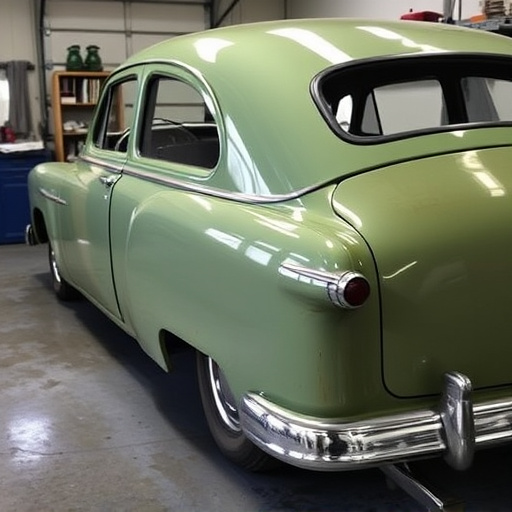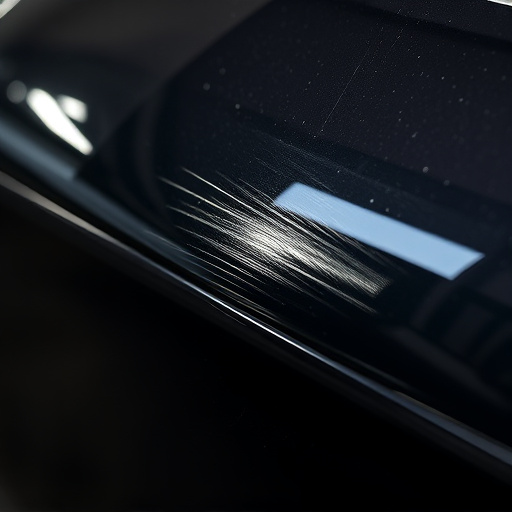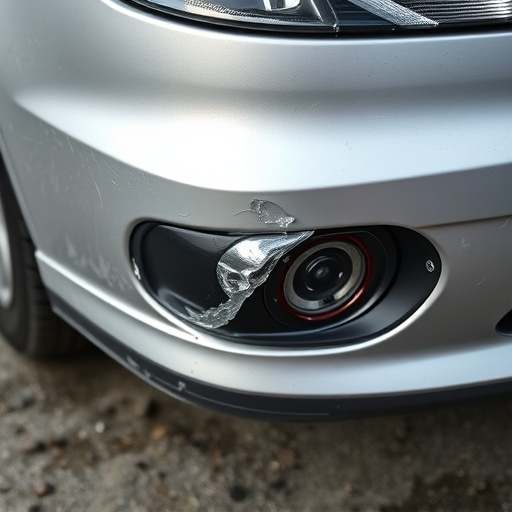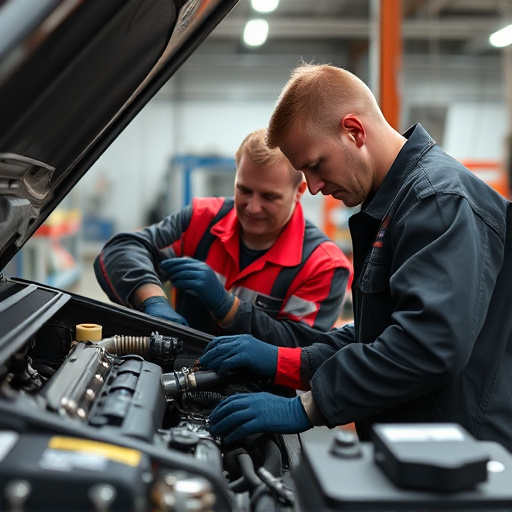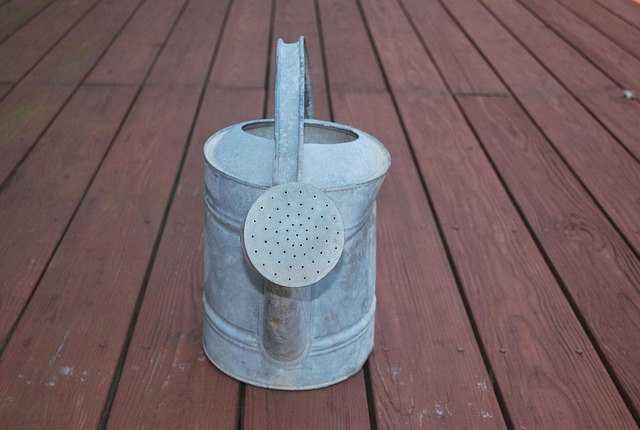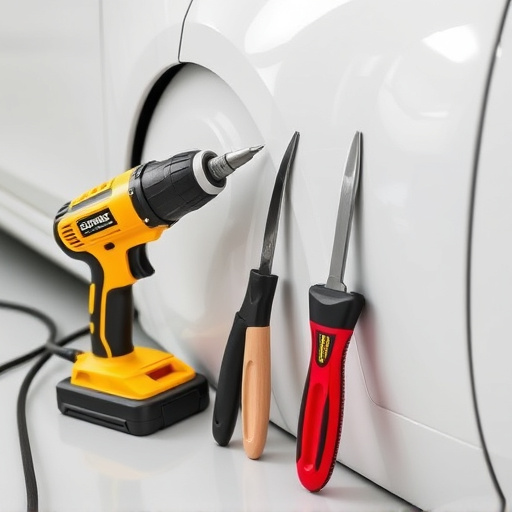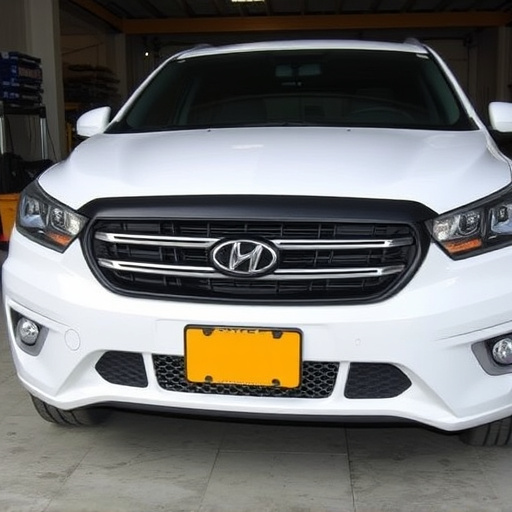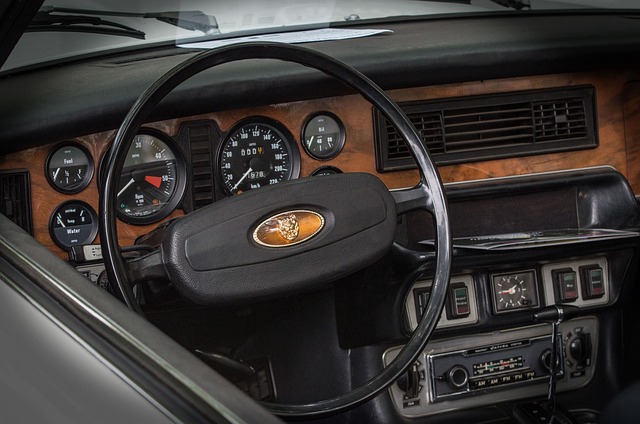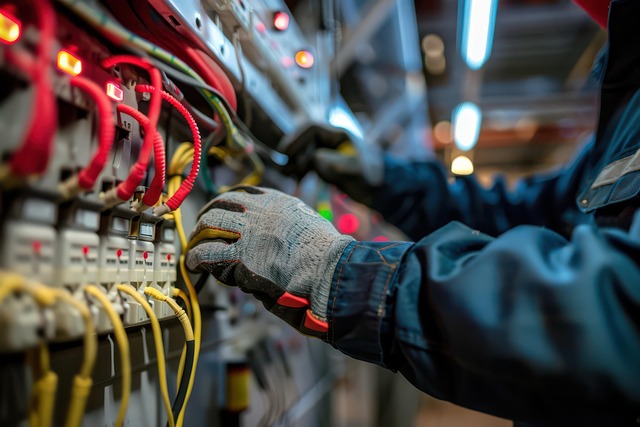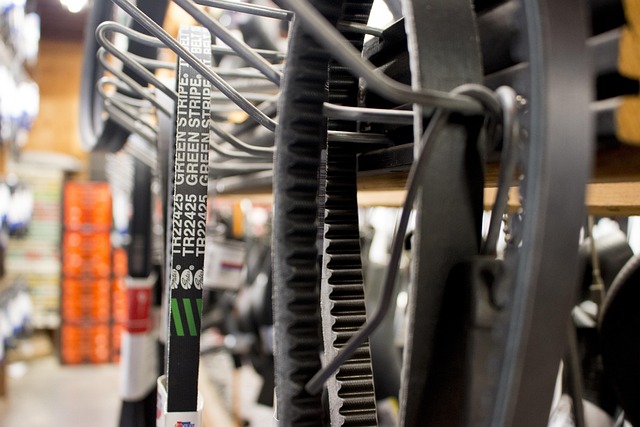Auto body shop warranties typically exclude cosmetic changes, performance upgrades, and pre-existing damages not detected during initial repairs. Voidings result from subpar work, non-compliance with manufacturer guidelines, or alterations to vehicle specifications. To protect coverage, customers should use certified technicians, maintain repair records, and stay informed about specific warranty policies.
Discover the ins and outs of your auto body shop warranty with this comprehensive guide. Learn what commonly voids coverage, so you can protect your vehicle and wallet. From understanding specific exclusion clauses to recognizing preventive measures, this article equips you to navigate potential pitfalls. Avoid costly surprises by familiarizing yourself with these key factors. Ensure peace of mind and maintain the quality of your car’s repair or restoration.
- Understanding Auto Body Shop Warranty Exclusions
- Common Causes of Voidings in Warranty Coverage
- Protecting Your Vehicle: Tips to Avoid Warranty Void
Understanding Auto Body Shop Warranty Exclusions

When it comes to auto body shop warranty coverage, it’s crucial to understand what isn’t covered. Auto body shops typically offer warranties on their repairs, but these warranties have specific exclusions. These exclusions are designed to protect both the customer and the shop by clarifying the responsibilities of each party. Common exclusions include repairs or modifications that aren’t part of the original damage, such as cosmetic changes or upgrades not related to the collision. For instance, while a shop might warrant their frame straightening services, any subsequent modifications made to the vehicle’s aesthetics or performance are generally not covered.
Another area of exclusion often involves pre-existing damages or issues that were not evident during the initial repair process. Hail damage repair, for example, usually falls under warranty if it’s handled correctly. However, if a Mercedes Benz collision repair reveals hidden frame damage or rust not initially detected, these unexpected findings may void the warranty. It’s essential to maintain thorough records of repairs and communicate openly with your auto body shop to ensure you’re aware of potential exclusions in their warranty coverage.
Common Causes of Voidings in Warranty Coverage
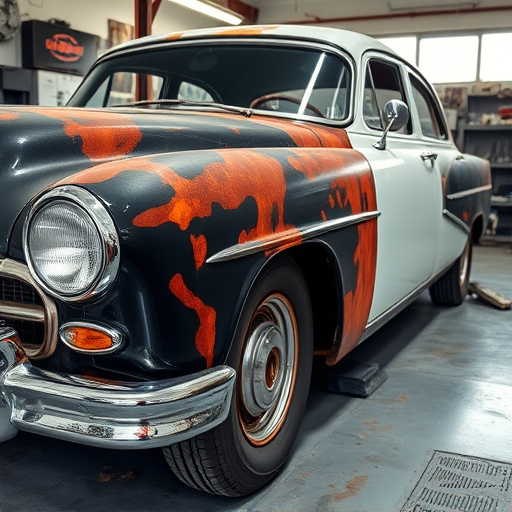
Voidings in auto body shop warranty coverage are often a result of several common factors. One of the primary causes is inadequate or incorrect repairs performed by unskilled technicians. This includes misaligned panels, poor quality paints that chip or fade quickly, and improper sealing which leads to water damage. Another significant reason for voiding is lack of adherence to manufacturer guidelines during the repair process. Different car models have specific requirements, and deviating from these can affect the structural integrity and long-term performance of the vehicle.
Furthermore, pre-existing damages or issues that were not disclosed during the initial inspection can also lead to warranty claims being denied. These might include previous collision damage repairs, rust, or substandard original equipment parts. In some cases, modifications made to the vehicle after the repair, such as upgrading auto glass or adding aftermarket accessories, may void the warranty if they alter the vehicle’s specifications or performance. Collision centers and collision damage repair facilities must be vigilant in documenting and communicating all aspects of the repair process to ensure that customers are protected under their auto body shop warranty.
Protecting Your Vehicle: Tips to Avoid Warranty Void
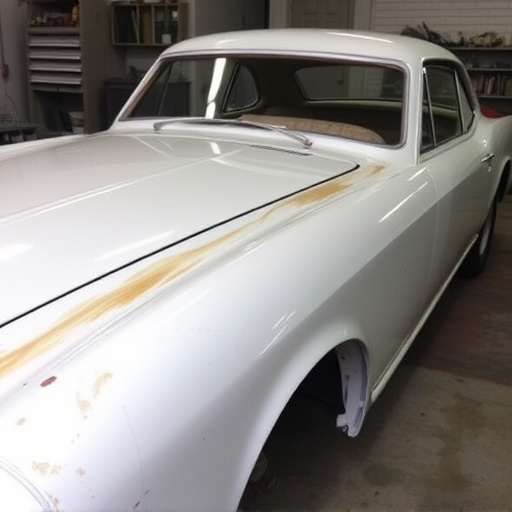
Protecting Your Vehicle: Tips to Avoid Warranty Void
When you bring your car into an auto body shop for repairs or services, ensuring that your vehicle remains in pristine condition is paramount. One common pitfall many drivers overlook is understanding what voids an auto body shop warranty coverage. This can happen when certain guidelines and specifications are not followed meticulously during the repair process. To keep your warranty intact, it’s crucial to adhere to a few key practices.
First and foremost, ensure that only authorized and certified technicians work on your luxury vehicle repair or car dent removal tasks. Using incorrect materials or techniques could trigger a void. Additionally, maintain detailed records of all services performed, including parts replaced. Regularly check in with your auto body shop to clarify their warranty policies and any specific requirements. By being proactive and informed, you can protect your investment and keep your vehicle’s warranty intact, ensuring peace of mind for the long haul.
Auto body shop warranties are designed to protect your vehicle’s repair and restoration, but understanding the voiding conditions is crucial. By being aware of common causes like unauthorized repairs, improper technique, or pre-existing damage, you can ensure your warranty remains valid. Following the provided tips, such as maintaining detailed records and choosing certified shops, will help safeguard your investment and keep your auto body shop warranty coverage intact.
